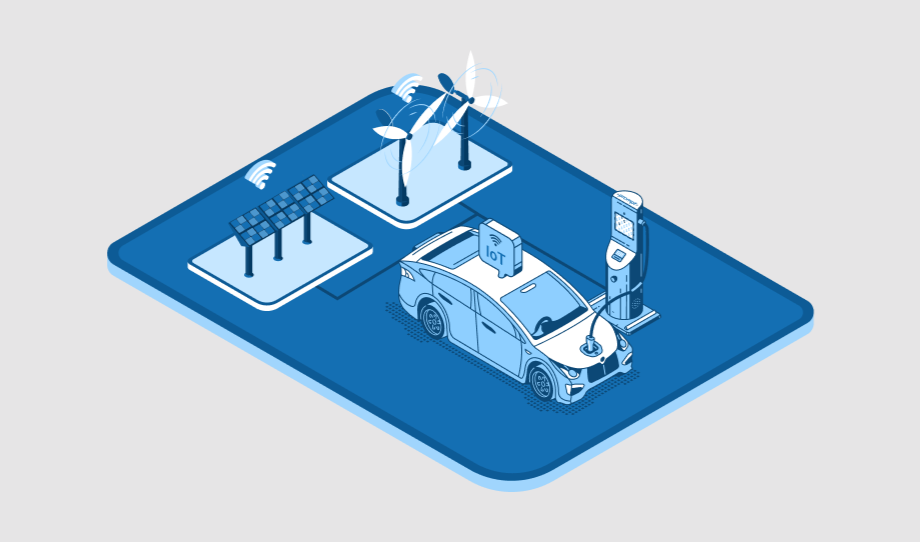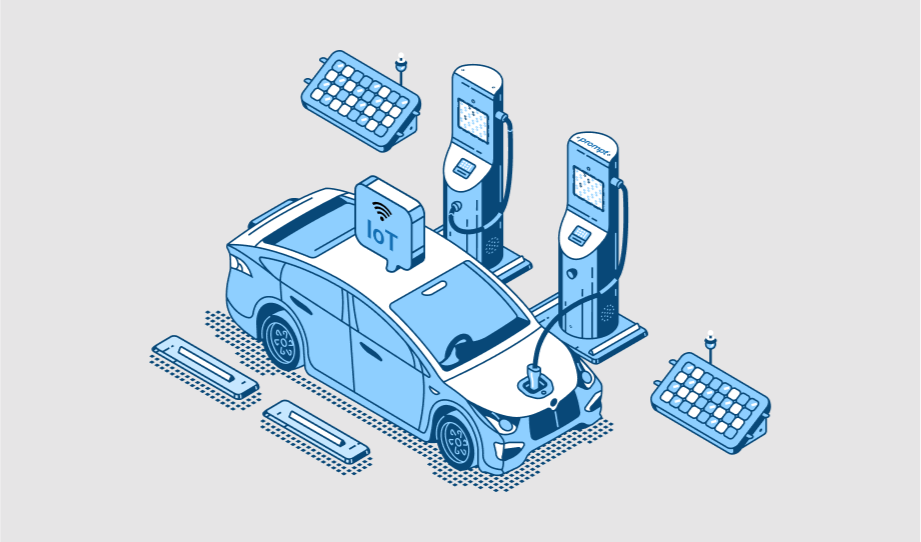How IoT supports Electric Vehicle Charging and Keeps EVs Running
The evolution in the vehicle industry is remarkable. The increasing vehicle demand is not just consuming…
Role of IoT in Electric Vehicle Monitoring & Management
Today we are witnessing the temperature rise, and one of the major reasons behind this is…





